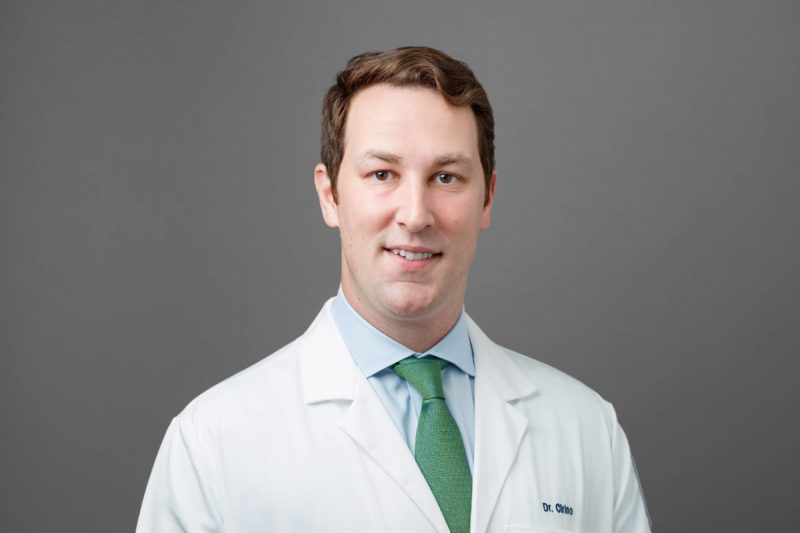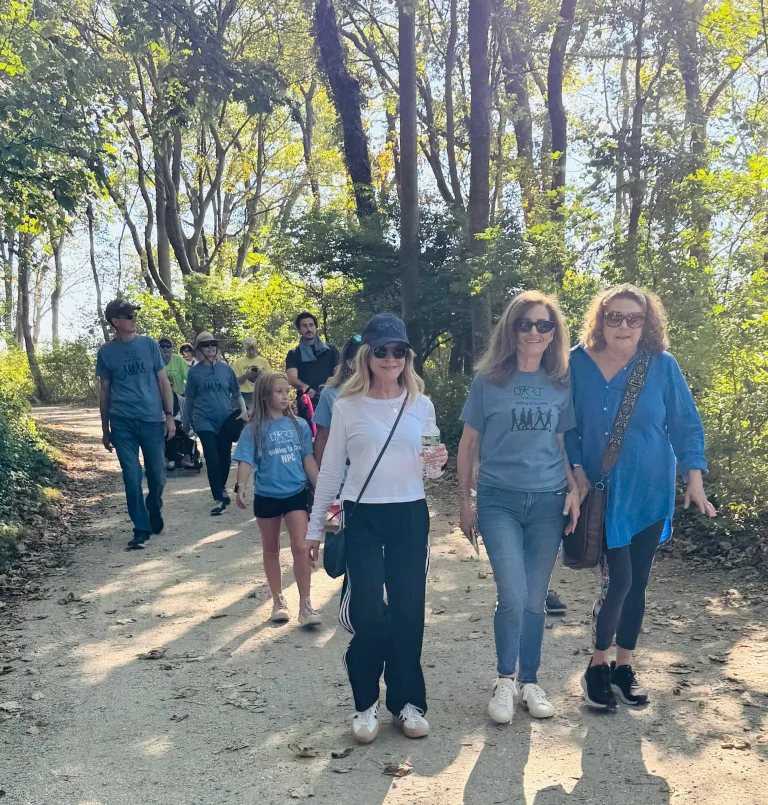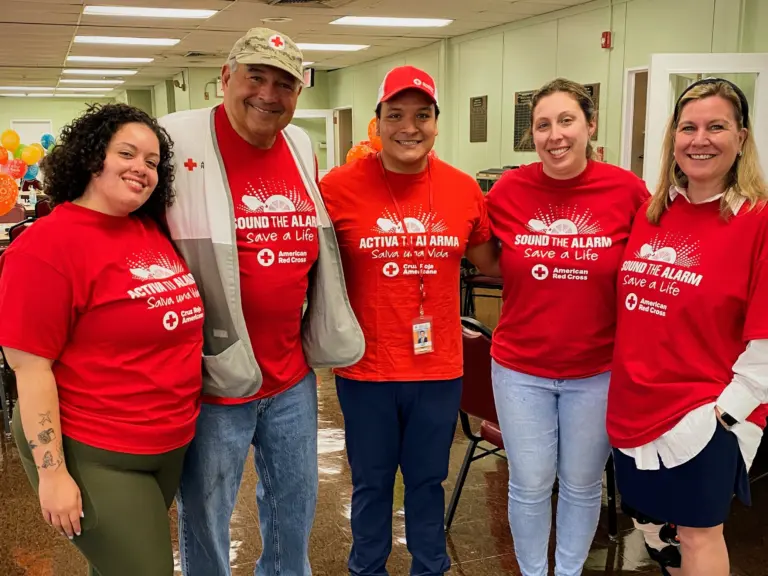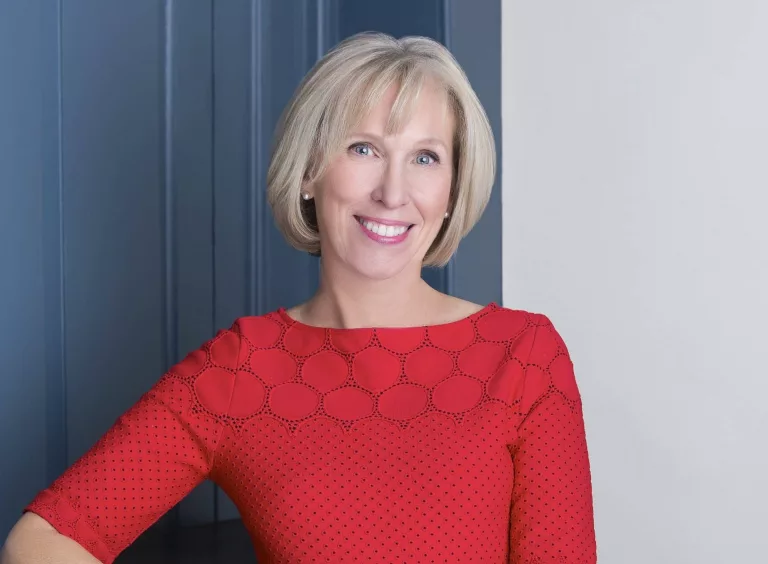
By Carl M. Cirino, MD
As a sports medicine surgeon at HSS specializing in shoulder and elbow care, I see a wide range of patients, from young athletes with shoulder instability to older patients with degenerative rotator cuff tears and arthritis. I am also an assistant team physician for the New York Mets and the Brooklyn Cyclones, the Mets’ High-A Minor League team.
I group patients into two buckets. The first includes those with acute or traumatic injuries, fractures, or tears, and I usually recommend surgery for them to restore their pre-injury anatomy and function. The second bucket consists of those with chronic, attritional injuries for anatomical or genetic predispositions or those with overuse injuries. We can hopefully manage this group non-operatively, though surgery may be necessary to return patients to regular activity.
Injury Prevention
An essential part of what we do at HSS is to help patients avoid injury. Many of my patients play baseball, tennis, pickleball, and squash.
For baseball pitchers, we’re working with Major League Baseball, sports performance physicians, and physical therapists to improve injury prevention programs and return-to-play protocols and better understand the risk of single-sport participation year-round. We’re developing a good guide for young athletes that’s data-supported to minimize their future risks.
At the professional level, over 30 percent of MLB pitchers have had Tommy John surgery, which is a reconstruction of the ulnar collateral ligament in the elbow. This injury was once a significant career setback for players; however, now, there is a troubling trend that some perceive this surgery is almost a rite of passage on the journey to professional baseball. Thanks to modern surgical techniques, we can bring back over 85 percent of pitchers with UCL surgery to their former competitive levels. In my opinion, we need to, and can do, a better job at preventing these injuries in the first place.
Flexibility and Pliability
While there are undoubtedly tremendous benefits to physical activity, there are risks for those who quickly leap from a sedentary lifestyle to the active pursuit of pickleball and racquet sports. The kinetic chain, a classification system for the interrelated parts of the body and how they work together to perform movement, is essential. A player’s ability to generate an appropriate paddle swing begins in the lower body, moves up through the core, and then the upper body. As players age, their muscles are less pliable, and muscle-tendon lengths are shorter, which can cause problems for those who go from not playing at all to playing vigorously three to four times a week.
I’m a big believer in flexibility and pliability to help prevent injuries. Many athletes do a quick warm-up or stretch before competing, but often, it’s inadequate. At a minimum, an adequate level of care should be performed (many can be found online), but injury prevention needs to begin earlier. I like to stretch when I wake up, and before sleep, so I have a head start when I work out. Maintaining flexibility with Pilates, yoga, or stretching is suitable for anyone, from overhead athletes to regular pickleball players, and helps maintain better balance.
Winter Exercise Tips
Winter is an ideal time to develop core strength and incorporate a stretching program, which will pay off in the spring. Pilates and yoga are excellent ways to accomplish many of these off-season goals. They are renowned for enhancing core strength by targeting deep abdominal muscles, providing a stable foundation that improves overall body strength and control. Additionally, the emphasis on controlled movements and flexibility exercises in Pilates contributes to an increased range of motion, fostering better athletic performance while concurrently reducing the likelihood of injuries during various sports and physical activities.
If you’re a golfer or play tennis, you can check in with a swing coach in the off-season to help identify deficiencies or incorrect movements that may lead to a greater risk of injury. I’d also recommend working with a personal trainer or physical therapist at least once a month to develop a guided training regimen to keep you on the right track.
Rotator Cuff Treatments
One of the more common shoulder pathologies I treat is injuries to the rotator cuff, a set of four shoulder muscles essential for function. For non-surgical treatments, I start with physical therapy. Athletes tend to work out the big muscle groups – biceps, deltoids, triceps, pectorals – but neglect the smaller, finer muscles that contribute to shoulder motion and stability. Physical therapy can help create a greater balance between large and smaller muscle groups.
For non-operative patients, I’ll recommend a short course of anti-inflammatories. If we do not see the desired response, we can pursue corticosteroids, platelet-rich plasma, or lubricating gel injections. If a patient is still struggling with pain or dysfunction, it may be time to consider surgery, but not before exhausting all the appropriate non-operative treatments.
Surgical Innovations
Prime candidates for rotator cuff repair either have an acute, traumatic tear or have experienced increasing pain and dysfunction as the result of chronic impingement in the shoulder.
In the 1990s and early 2000s, rotator cuff surgery underwent a massive paradigm shift from open rotator cuff surgery to arthroscopic repairs. We’re now in that next generation of rotator cuff repairs seeking to help reduce re-tear rates and improve patient satisfaction.
We’ve developed newer, minimally invasive arthroscopic techniques for better compression of the tendon to the bone or adding biologics such as growth factors or structural patches to augment healing.
Another innovation is the use of navigation in shoulder replacements. We’ve seen a massive improvement in pre-surgical planning, which, together with navigational tools and intraoperative assistance, allows us to place components precisely. AI and computer-assisted tools are at the forefront of what we do. They can help improve the execution of our surgical plan. While the rate of shoulder arthritis has remained stable, these innovations have driven a far more significant increase in shoulder replacement than replacements in the lower extremity.
====================================================
Carl M. Cirino, MD, is a sports medicine surgeon at HSS Orthopedics with Stamford Health, specializing in shoulder and elbow care.




